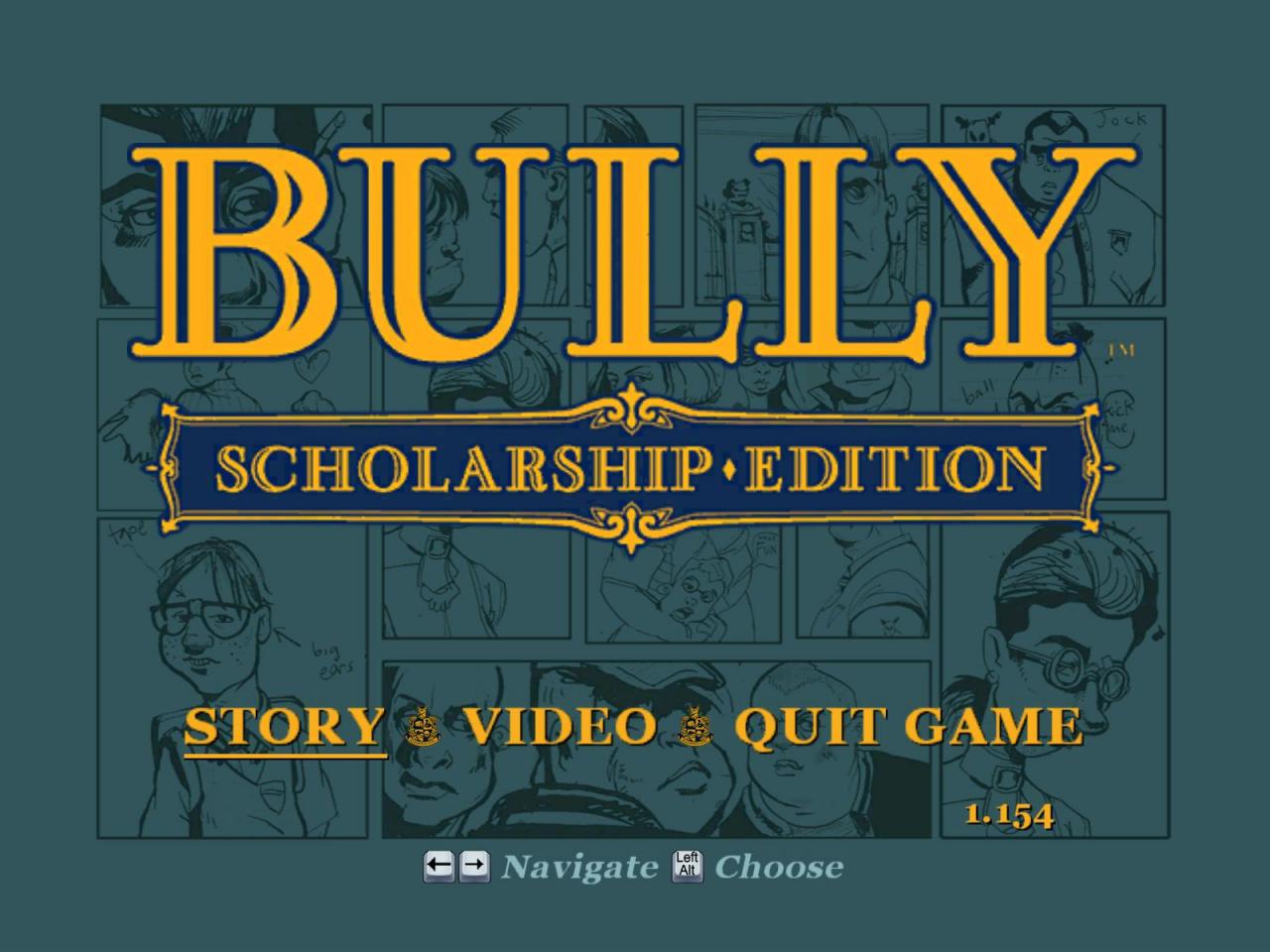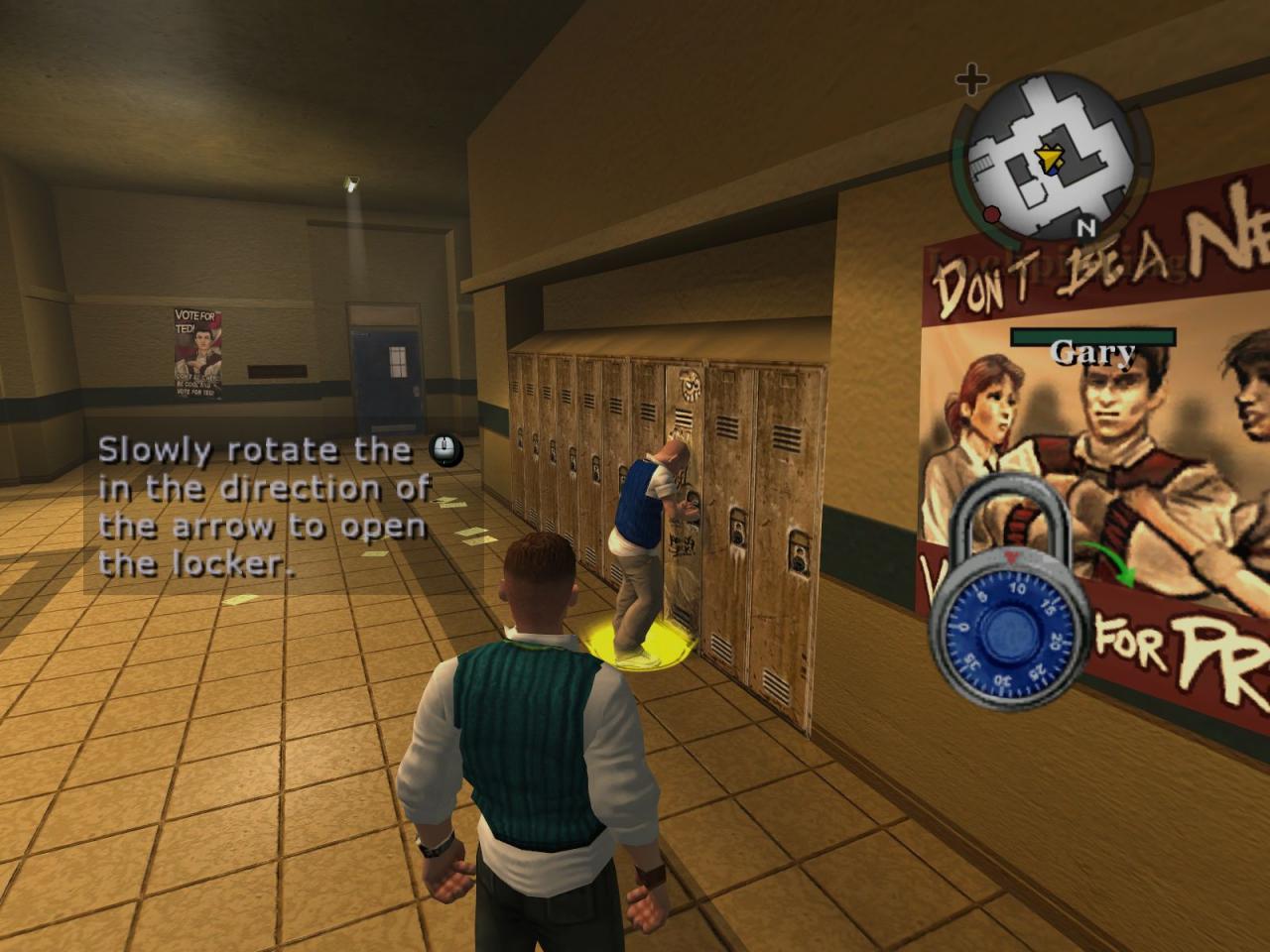The Allure Of "Whack Your Bully": Exploring The Dynamics Of A Controversial Game
The Allure of "Whack Your Bully": Exploring the Dynamics of a Controversial Game
Related Articles: The Allure of "Whack Your Bully": Exploring the Dynamics of a Controversial Game
Introduction
With enthusiasm, let’s navigate through the intriguing topic related to The Allure of "Whack Your Bully": Exploring the Dynamics of a Controversial Game. Let’s weave interesting information and offer fresh perspectives to the readers.
Table of Content
The Allure of "Whack Your Bully": Exploring the Dynamics of a Controversial Game

The internet, a vast and ever-evolving landscape, harbors a diverse array of content, including games. Among these, a particular category, often referred to as "unblocked games," has gained significant traction, particularly among school-aged children. "Whack Your Bully," a game within this category, has garnered both attention and controversy for its seemingly straightforward premise and its potential implications.
"Whack Your Bully" presents a simple scenario: the player, represented by a cartoon character, is tasked with hitting a virtual bully, often depicted as a caricature of a stereotypical tormentor. The game’s mechanics are typically straightforward, involving the player using a virtual hammer or other object to strike the bully as they appear on the screen. The game’s simplicity, coupled with its seemingly cathartic nature, has contributed to its popularity, particularly among those who have experienced bullying firsthand.
However, the game’s popularity has also sparked debate regarding its potential impact on players. Critics argue that "Whack Your Bully" promotes violence and aggression, potentially normalizing harmful behaviors. They contend that the game’s focus on physical retaliation as a solution to bullying may reinforce negative coping mechanisms and hinder the development of constructive conflict resolution skills.
Proponents, on the other hand, argue that "Whack Your Bully" can be a cathartic outlet for individuals who have experienced bullying, allowing them to safely express their frustration and anger in a virtual environment. They suggest that the game’s harmless nature, in which the "bully" is simply a digital representation, allows players to engage in a playful form of revenge without real-world consequences.
It is crucial to acknowledge that "Whack Your Bully" is not a substitute for addressing the complex issue of bullying. The game’s potential benefits, if any, are limited to providing a temporary escape from the emotional burden of bullying. The game does not address the root causes of bullying, nor does it equip players with the tools needed to confront bullying in real-life situations.
Understanding the Game’s Appeal:
The allure of "Whack Your Bully" lies in its ability to tap into a primal human desire: the urge to retaliate against injustice. The game’s simplicity and the visceral satisfaction of hitting the "bully" provide a temporary sense of empowerment and control, particularly for those who have felt powerless in the face of bullying.
However, it is essential to recognize that the game’s appeal is largely based on fantasy. The virtual world of "Whack Your Bully" is a controlled environment where consequences are nonexistent. The "bully" is a caricature, devoid of any real-world emotions or vulnerabilities.
Addressing the Concerns:
The potential negative impact of "Whack Your Bully" cannot be ignored. While the game may offer a temporary release for some, it is crucial to recognize that it does not address the underlying issues of bullying.
The game’s focus on physical retaliation may inadvertently reinforce harmful coping mechanisms and contribute to a culture of violence. It is essential to emphasize that bullying is a complex issue that requires a multi-faceted approach, including education, awareness, and support for both victims and perpetrators.
The Importance of Context:
The impact of "Whack Your Bully" is highly dependent on the context in which it is played. For individuals who have experienced bullying, the game may provide a temporary escape and a sense of catharsis. However, it is essential to ensure that the game is not used as a substitute for addressing the underlying issues of bullying.
For children who have not experienced bullying firsthand, the game may be perceived as a form of entertainment, potentially desensitizing them to the seriousness of bullying. It is crucial to engage in open and honest discussions with children about the game’s content and its potential impact.
FAQs Regarding "Whack Your Bully":
1. Is "Whack Your Bully" an appropriate game for children?
The appropriateness of "Whack Your Bully" for children is a matter of debate. While the game may provide a temporary outlet for frustration, it is crucial to consider the potential impact on children’s understanding of violence and conflict resolution. It is recommended to engage in open discussions with children about the game’s content and to encourage alternative methods of dealing with conflict.
2. Can "Whack Your Bully" help children who have been bullied?
"Whack Your Bully" may provide a temporary sense of relief and catharsis for children who have been bullied. However, it is essential to emphasize that the game is not a substitute for addressing the underlying issues of bullying. It is crucial to seek professional help and support for children who have been bullied.
3. Does "Whack Your Bully" promote violence?
The game’s focus on physical retaliation may contribute to a normalization of violence, particularly for children who have not experienced bullying firsthand. It is essential to emphasize that violence is never an acceptable solution to conflict and to encourage alternative methods of resolving disputes.
4. Is "Whack Your Bully" a harmless game?
The game’s potential impact on children’s understanding of violence and conflict resolution cannot be disregarded. It is crucial to engage in open discussions with children about the game’s content and to promote positive coping mechanisms for dealing with conflict.
Tips for Parents and Educators:
- Engage in open and honest discussions with children about the game’s content. Discuss the potential impact of the game on their understanding of violence and conflict resolution.
- Encourage alternative methods of dealing with conflict. Teach children about constructive communication, empathy, and peaceful resolution strategies.
- Seek professional help for children who have been bullied. Provide them with the support and resources they need to cope with the emotional impact of bullying.
- Promote a culture of empathy and respect in schools and homes. Encourage children to stand up against bullying and to support those who have been victimized.
Conclusion:
"Whack Your Bully" is a controversial game that reflects the complex and often challenging issue of bullying. While the game may provide a temporary escape for some, it is essential to recognize its limitations and to address the underlying issues of bullying through education, awareness, and support.
It is crucial to engage in open and honest discussions with children about the game’s content and its potential impact. Parents and educators have a responsibility to promote a culture of empathy and respect, and to equip children with the tools they need to navigate the complexities of bullying in a healthy and constructive manner.




![Bully: Scholarship Edition [Steam CD Key] for PC - Buy now](https://gpstatic.com/acache/27/31/1/uk/s1-d5a2e4d75e5ab301378f8d3ba8668cc6.jpg)


Closure
Thus, we hope this article has provided valuable insights into The Allure of "Whack Your Bully": Exploring the Dynamics of a Controversial Game. We thank you for taking the time to read this article. See you in our next article!

Leave a Reply